Filter by

Innovation, dual use, and security :managing the risks of emerging biological…
Recent advances in disciplines such as biotechnology, nanotechnology, and neuropharmacology entail a "dual-use dilemma" because they promise benefits for human health and welfare yet pose the risk of misuse for hostile purposes. The emerging field of synthetic genomics, for example, can produce custom DNA molecules for life-saving drugs but also makes possible the creation of deadly viral agent…
- Edition
- -
- ISBN/ISSN
- 9780262301640
- Collation
- 1 online resource (x, 356 pages) :illustrations
- Series Title
- -
- Call Number
- -
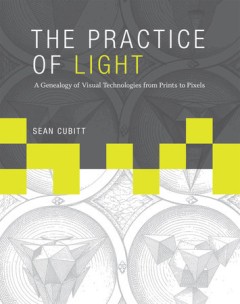
The practice of light :a genealogy of visual technologies from prints to pixels
An account of Western visual technologies since the Renaissance traces a history of the increasing control of light's intrinsic excess.OCLC-licensed vendor bibliographic record.
- Edition
- -
- ISBN/ISSN
- 9780262326568
- Collation
- 1 online resource (xiv, 354 pages, 8 unnumbered pages of plates) :illustrations (some color).
- Series Title
- -
- Call Number
- -
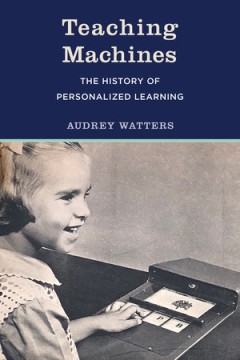
Teaching machines
"Teaching Machines traces the development of education technology from roughly the 1920s through the end of the 1990s, shaping our ideas of standardization and individualism"--OCLC-licensed vendor bibliographic record.
- Edition
- -
- ISBN/ISSN
- 0262363747
- Collation
- 1 online resource.
- Series Title
- -
- Call Number
- -
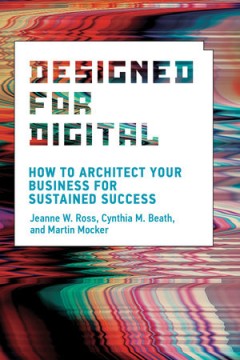
Designed for digital :how to architect your business for sustained success
OCLC-licensed vendor bibliographic record.
- Edition
- -
- ISBN/ISSN
- 9780262354776
- Collation
- 1 online resource (208 pages).
- Series Title
- -
- Call Number
- -
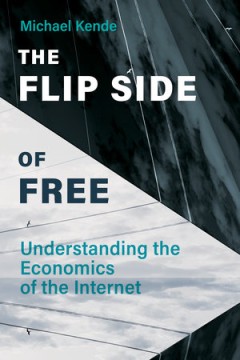
The flip side of free :understanding the economics of the internet
"A trade book on the economics of the internet and the policies that have shaped our view of online activity"--OCLC-licensed vendor bibliographic record.
- Edition
- -
- ISBN/ISSN
- 0262363585
- Collation
- 1 online resource.
- Series Title
- -
- Call Number
- -
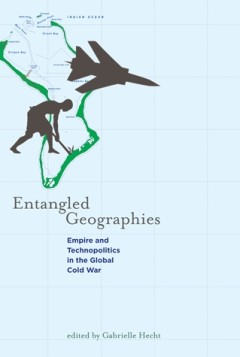
Entangled geographies: Empire and technopolitics in the global Cold War
The Cold War was not simply a duel of superpowers. It took place not just in Washington and Moscow but also in the social and political arenas of geographically far-flung countries emerging from colonial rule. Moreover, Cold War tensions were manifest not only in global political disputes but also in struggles over technology. Technological systems and expertise offered a powerful way to shape …
- Edition
- -
- ISBN/ISSN
- 9780262295710
- Collation
- 1 online resource (viii, 337 pages) :illustrations, maps.
- Series Title
- -
- Call Number
- -
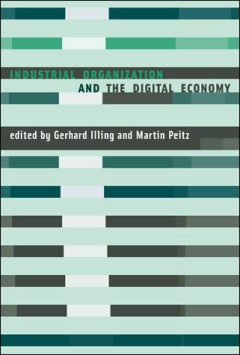
Industrial organization and the digital economy
Theoretical and factual studies of ways that the rapidly evolving digital economy has changed the structure of different industries, focusing on the software and music industries.OCLC-licensed vendor bibliographic record.
- Edition
- -
- ISBN/ISSN
- 9780262276009
- Collation
- 1 online resource (307 pages) : illustrations
- Series Title
- -
- Call Number
- 660 IND
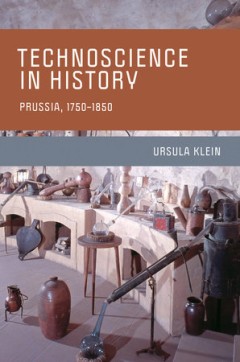
Technoscience in history :Prussia, 1750-1850
"Thoroughly researched scholarly monograph arguing that technoscience began/formed much earlier than currently agreed in the field"--OCLC-licensed vendor bibliographic record.
- Edition
- -
- ISBN/ISSN
- 9780262359474
- Collation
- 1 online resource.
- Series Title
- -
- Call Number
- -
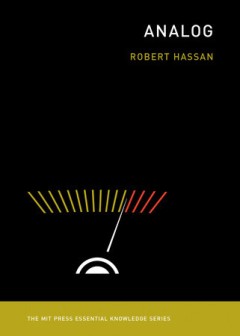
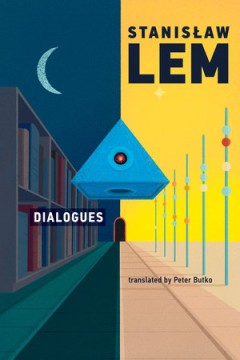
 Computer Science, Information & General Works
Computer Science, Information & General Works  Philosophy & Psychology
Philosophy & Psychology  Religion
Religion  Social Sciences
Social Sciences  Language
Language  Pure Science
Pure Science  Applied Sciences
Applied Sciences  Art & Recreation
Art & Recreation  Literature
Literature  History & Geography
History & Geography